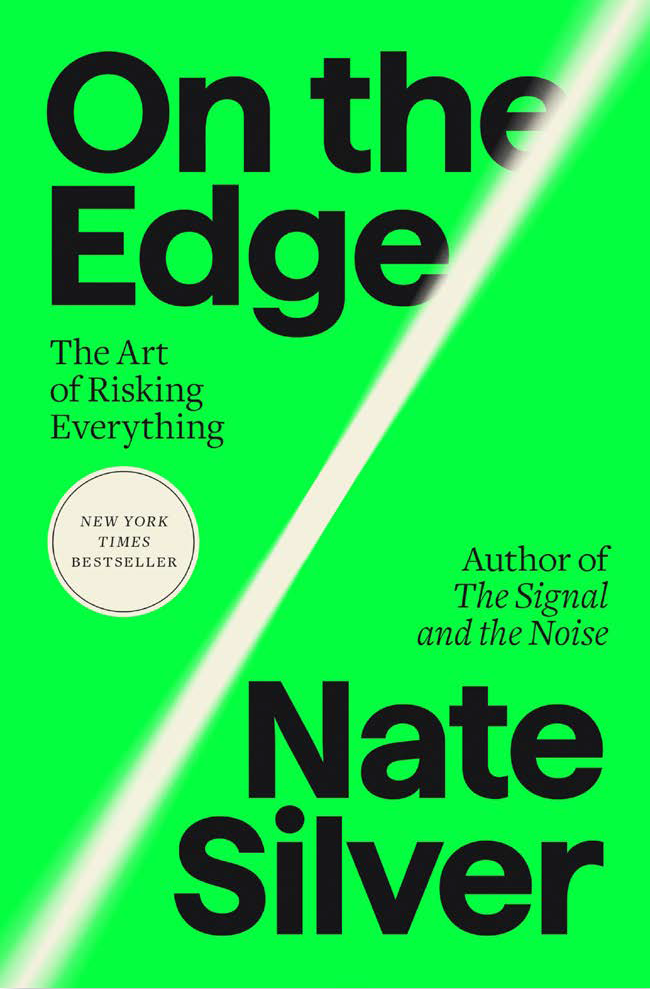 Since autonomous trucks are expected to join America’s fleets in two to five years, insurers should be looking more seriously at how they should be covered, Drew Groth, an associate actuary for Milliman, Inc. pointed out during his May 13 presentation at the CAS Spring Meeting, “The Road Ahead: Autonomous Trucking and Its Impact on Insurance.”
Since autonomous trucks are expected to join America’s fleets in two to five years, insurers should be looking more seriously at how they should be covered, Drew Groth, an associate actuary for Milliman, Inc. pointed out during his May 13 presentation at the CAS Spring Meeting, “The Road Ahead: Autonomous Trucking and Its Impact on Insurance.”
After describing various successful experiments and uses for autonomous trucks taking place in the United States and Europe, Groth points out there are few insurance options available to suppliers and manufacturers of autonomous trucks. As a result, companies are accepting full responsibility for accidents in case of technology malfunction.
“If you think about it, though, this is really a confidence play” by manufacturers to demonstrate their willingness to put their brand and financials behind their autonomous trucking technology, he adds. For instance, Tesla began their own insurance company believing they can insure their technology for 20% to 30% cheaper “simply because most insurers are not incorporating any sort of safety discount for Tesla technology.”
Most manufacturers of autonomous vehicle technology, he believes, do not want to create their own insurance company but prefer to develop fronting arrangements with insurers. So far, however, insurers have not been eager to offer coverage. One insurer offering coverage for autonomous trucks is AXA XL. Their policies offer liability, property damage, theft, cyber coverage and care, and custody and control, which is important for moving goods.
One common idea for covering autonomous vehicles is to shift from auto to product liability coverage. Groth explains that this is problematic because it takes months, if not years, to settle product liability cases and people usually need quick post-accident reparations. The more likely scenario is that auto insurers will operate in some sort of gap or status quo coverage and then subrogate the claim with the product liability insurers, he says.
Because autonomous trucks can both reduce current risks and introduce new ones, offering commercial auto coverage for autonomous trucks may mean insurers could lead change in the structure of coverage. At the very least, insurers will need to adjust policy language to explicitly include or exclude autonomous trucks.
One common idea for covering autonomous vehicles is to shift from auto to product liability coverage.
Another possibility is the formation of a federal- or state-based no-fault coverage pool paid by manufacturers to cover potential accidents. This could include a formalized process to assure quick reparation and save on costs from years of litigation.
He acknowledges, however, that the insurance complications of risk assignment “could get really messy.” It raises the issue of how much an accident is due to the driver compared to truck technology error or improper maintenance or both. Telematics, which focuses on driver behavior, will remain important, but as drivers do less of the actual driving, the focus has to shift to the reliability of the technology and how well the truck was maintained.
Groth also offers some positives concerning semiautonomous and fully autonomous vehicles. Noting that vehicular accidents are the leading cause of work-related deaths and that associated workers’ compensation claims for such accidents are exceptionally high, he hopes that there will be fewer accidents when the technology is driving rather than humans. Drivers can be better rested for situations when manual driving is called for and could even avoid repetitive motion injuries.
Besides reducing work-related safety exposures, trucking companies can also enjoy other benefits of autonomous technology such as lower fuel costs, Groth says. The technology could also reduce the cost of stolen cargo, which is an especially important concern for transporting pharmaceuticals and technology.
However, the chance of an autonomous vehicle being manipulated through a cyberattack is the biggest unknown risk, he observes. And although trucking companies have expressed interest in autonomous trucks, there are potential barriers to adoption. The trucking industry is short on drivers, he explains, and some do not want to work for companies that use safety technology in cabs. Drive cams, for example, have caught drivers indulging in accident-encouraging behavior such as talking on a cell phone.
Expense could be another barrier to autonomous truck technology. Semi-autonomous trucks cost about $250,000. Aftermarket installation on conventional trucks is about $100,000. There are also additional maintenance costs.
Furthermore, state policies for autonomous commercial trucks differ vastly, making interstate driving a challenge. And although Groth is hopeful that autonomous trucks will reduce risk, the safety promises of automated vehicular technology are arguable because the technology reduces some risks while introducing others. (See Actuarial Review, May/June 2018 and November/December 2019 issues.) Ultimately for the insurance industry, however, the greatest potential barrier to covering autonomous trucking will be finding the appropriate data and useful proxies as necessary to properly price the risk.
Annmarie Geddes Baribeau has been covering insurance and actuarial topics for nearly 30 years. Find her blog at www.insurancecommunicators.com.













